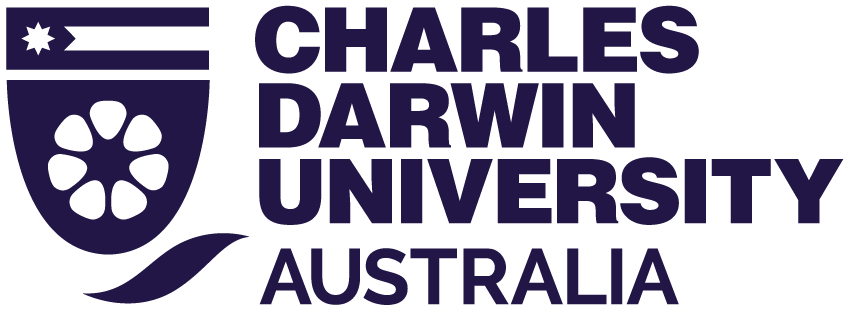3 Design: People, Locations, Permissions and a Shot List
People – talent and crew
Once you’ve got a plan together of what you would like to collect and film, the next step is organising the people that you need to help you get the job done. You’ll need to contact and organise the different people that you want in front of the lens, and dates, times and locations to film, plus any help that you’ll need behind the lens in front of crew. It would be advisable to get signed consent from the people featured in your films (a generic template is provided below).
If you intend to include any First Nations content, it is important that you research if there are any processes, permits or permissions required. For example, in Australia:
“Where there is First Nations Australian community participation or Indigenous content involved in the project, written confirmation of the willingness of both the subject(s) and the community to be involved in the project is essential.
First Nations Australian means a film or program based on an Aboriginal or Torres Strait Islander story, with Aboriginal and/or Torres Strait Islander subjects or featuring Aboriginal and/or Torres Strait Islander culture and heritage in any form.
As per the funding application form, where the content involves a true story or real-life subject, you will need to provide a signed clearance or release for any individual or community depicted.”
From: https://www.screenaustralia.gov.au/about-us/doing-business-with-us/indigenous-content
For further guidance (specific to Australia but probably broadly generally applicable)
PATHWAYS & PROTOCOLS: A FILMMAKER’S GUIDE TO WORKING WITH INDIGENOUS PEOPLE, CULTURE AND CONCEPTS –
https://www.screenaustralia.gov.au/about-us/doing-business-with-us/indigenous-content/indigenous-protocols
Locations
You will need to make sure that you’ve got permission to use spaces (public and private). The location will need to be available and you will need to consider the time of day to film (lighting, background noise and action), plus transport.
Shot list
Once you have considered the people and places that you’ll need to film, you’ll need to go back to your planning script or textual storyboard and work out the order in which you want to shoot your different shots, scenes or sequences. Certain places or people may have availability that comes into play in making your shot list.
